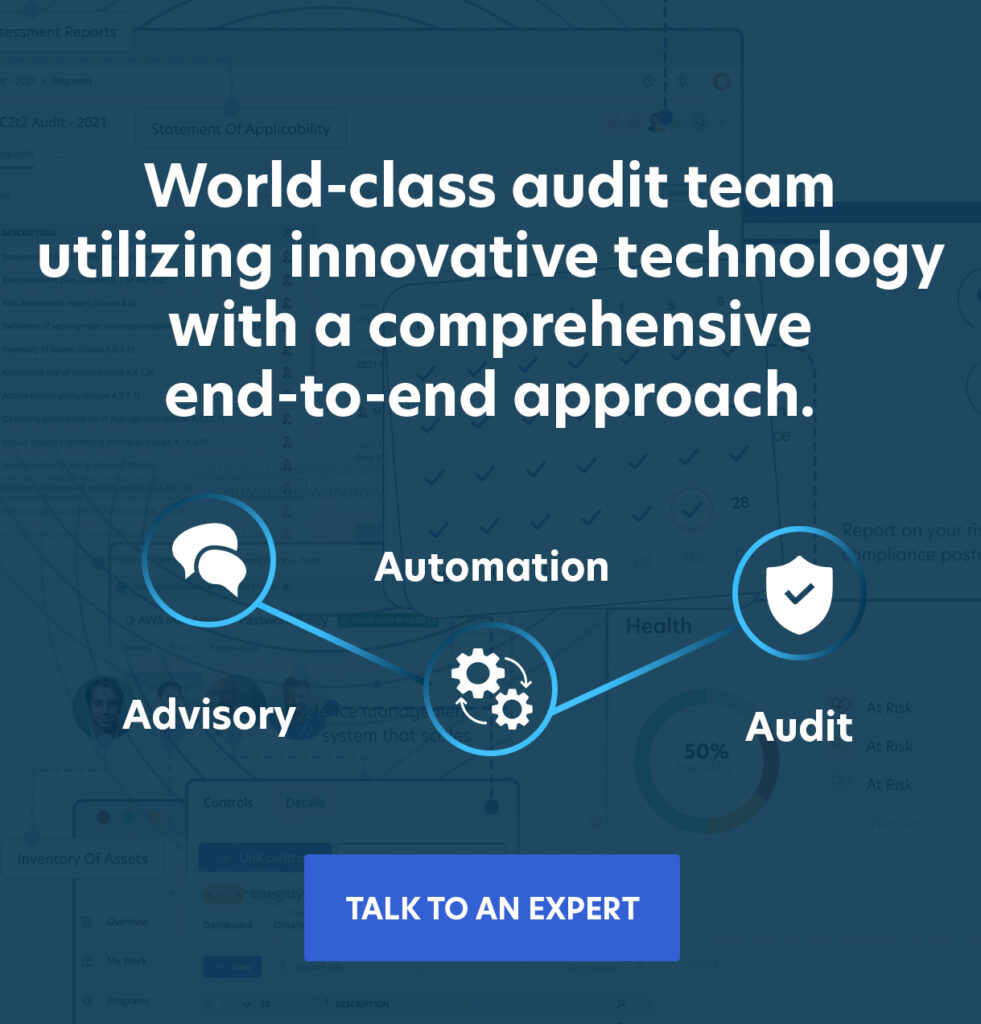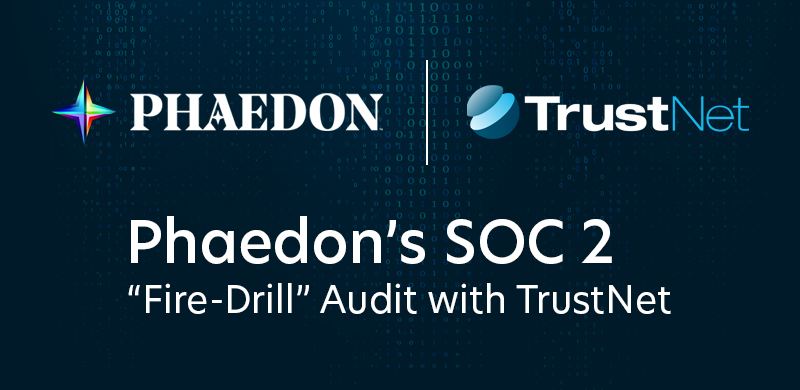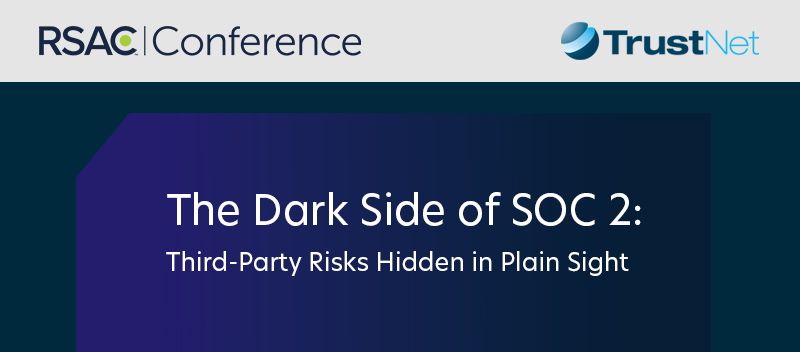Third-Party Cyber Risk Management: Assessment and Continuous Monitoring

Cyber risks linked to third-party vendors are a growing threat to organizations everywhere. From supply chain partners to service providers, these external relationships, while essential, can expose businesses to significant vulnerabilities. High-profile data breaches tied to vendors have shown just how costly these risks can be; think financial losses, tarnished reputations, and regulatory penalties.
Managing third-party cyber risks is no longer optional. It’s a critical business priority.
-
- Identifying risks across your network of vendors and partners
- Assessing security practices to ensure compliance and resilience
- Continuously monitoring vendor security to stay ahead of potential threats
This isn’t a one-and-done process; continual vigilance is key. From performing cyber risk assessments to setting continuous monitoring procedures in place, this guide will show you how to take practical actions to safeguard the business you run.
Third-Party Cyber Risk Assessment
Effective third-party cyber risk management begins with a thorough assessment process. This involves understanding vendor vulnerabilities, evaluating security controls, and ensuring compliance with critical regulations. Below are the key steps to building a robust risk assessment framework that protects your organization.
— Vendor Due Diligence
Before onboarding any vendor, conducting detailed due diligence is essential to identify potential risks. Key actions include:
Information Gathering
-
- Review contracts, policies, and service agreements.
- Utilize questionnaires to assess vendor security practices.
- Perform security audits to uncover potential weaknesses.
Risk Scoring and Prioritization
-
- Rank vendors based on their criticality to your operations and the sensitivity of the data they handle.
- Focus on high-risk vendors first, ensuring your resources are spent where protection is most needed.
Assess Vendor Security Controls
-
- Verify access controls, data encryption protocols, and incident response plans.
- Ensure vendors align with your organization’s cybersecurity requirements.
Evaluate Compliance with Regulations
— Risk Assessment Methodologies
Choosing the right approach to risk assessment can help streamline the process and provide actionable insights.
Qualitative Risk Assessments
-
- Use tools like risk registers or scoring matrices to identify potential issues.
- Focus on scenarios and qualitative feedback to gain a holistic understanding.
Quantitative Risk Assessments
-
- Employ techniques like fault tree analysis or risk factor evaluations to measure impacts in tangible terms, such as financial loss or operational disruption.
— Third-Party Risk Management Platforms and Tools
Tools like TrustNet’s iTrust can simplify third-party risk management by delivering actionable intelligence and automating critical tasks. Here’s how iTrust can help:
1. Vendor Risk Management
- iTrust conducts comprehensive assessments to identify weaknesses within your vendor ecosystem, ensuring long-term resilience.
2. 360° Assessments
- Gain full visibility into internal and external vulnerabilities, allowing for a well-rounded approach to vendor security.
3. Compliance Monitoring
- Stay aligned with evolving regulations while minimizing risks and maintaining your organization’s integrity.
Even with strong internal strategies, partnering with experts like TrustNet offers an invaluable layer of protection.
For more info on our Vendor Risk Management services, Click Here
Continuous Monitoring of Third-Party Risks
Here’s how you can make continuous monitoring a core part of your third-party risk management program:
— Real-Time Monitoring
Staying informed about vendor-related risks in real-time can help you respond proactively. Key actions include:
Tracking Security News and Threat Intelligence
- Monitor cyber threat reports and news that could impact your vendors.
- Identify emerging risks, such as data breaches or malware threats, tied to your third-party partners.
Assessing Vendor Security Postures
- Keep an eye on any changes in vendor security, such as updates to policies, practices, or personnel.
Using Security Rating Services
- Leverage platforms offering security ratings like iTrust to evaluate vendors’ risk levels consistently and efficiently.
— Automated Monitoring
Automation streamlines the monitoring process, saving time while improving accuracy. Consider the following steps:
1. Integrating with Vendor Security APIs
- Use APIs to access real-time data on vendor security systems. These integrations offer instant updates on vulnerabilities and compliance status.
2. Conducting Vulnerability Scans and Penetration Tests
- Automate regular scans to identify weaknesses in your vendors’ systems.
- Simulate cyberattacks to evaluate how effectively vendors can respond to real-world threats.
3. Regular Reviews and Assessments
- Even with real-time and automated monitoring in place, periodic evaluations remain critical. Build them into your processes to maintain comprehensive oversight.
4. Reassess High-Risk Vendors Periodically
- Focus on reviewing vendors handling sensitive data or critical operations. Prioritize these reviews based on their associated risk levels.
5. Collaborate with Vendors
- Maintain regular communication to share feedback, address concerns, and highlight areas for security improvements.
- Work together to develop security roadmaps or address recurring issues effectively.
Overall, these strategies not only reduce potential vulnerabilities but also foster stronger, more transparent relationships with your vendors.
Mitigating Third-Party Cyber Risks
Even the best-prepared organizations face risks when working with third-party vendors. Here’s how you can address key areas of risk:
Contractual Agreements
Strong contracts set the foundation for secure vendor relationships. They define expectations and hold vendors accountable for maintaining robust cybersecurity practices. Key steps include:
1. Adding Security Clauses
- Specify minimum security standards and requirements, such as encryption, access controls, and regular audits.
- Include provisions for immediate notification in case of a security breach.
2. Defining Service Level Agreements (SLAs)
- Create measurable security performance benchmarks.
- Ensure SLAs outline consequences for non-compliance, such as remediation efforts or termination clauses.
3. Incident Response Planning
- No organization is immune to incidents, which is why having a robust response plan in place is essential. With vendors in the picture, this process becomes even more crucial.
4. Develop a Third-Party Incident Plan
- Map out clear steps for responding to breaches involving vendors. Include roles and responsibilities for both your team and the vendor.
- Define timeframes for reporting incidents and initiating recovery actions.
5. Establish Communication Channels
- Set up direct ways to reach vendors during a crisis.
- Use escalation procedures to speed up decision-making and minimize response times.
6. Security Awareness Training
- Third-party cyber risks don’t just live with vendors. Employees within your organization also need awareness and training to mitigate these threats.
7. Educate Employees on Vendor Risks
- Give helpful suggestions on how to mitigate the specific risks associated with third-party interactions, such as phishing, improper data processing, and illegal access.
8. Promote Security Best Practices
- Train staff to recognize suspicious activity and follow protocols for reporting concerns.
These measures not only protect sensitive data but help build confidence and trust across your business relationships.
Staying Informed about Emerging Threats and Best Practices
Since the world of cybersecurity is constantly changing, it’s critical to keep ahead of new threats and adjust as necessary.
Monitor Industry Trends
- Keep tabs on new attack methods, vulnerabilities, and regulatory changes.
- Subscribe to threat intelligence feeds or attend cybersecurity events to stay informed.
Benchmark Against Best Practices
- Compare your risk management efforts with industry standards to identify gaps and areas for improvement.
- Utilize resources like frameworks from NIST or ISO to strengthen your programs.
By building a robust program, fostering security awareness internally, and keeping up with the latest threats, your organization can better defend against third-party cyber risks.
Take Control of Third-Party Cyber Risks Today
Managing third-party cyber risks is an ongoing commitment, and the benefits of these efforts are clear:
-
- Reduced risk of breaches and disruptions
- Enhanced trust and accountability with vendors
- Greater business resilience in a fast-changing cybersecurity landscape
Implementing a robust risk management program can achieve more than reduced vulnerabilities. You’ll strengthen your overall security posture and build a resilient business ecosystem capable of withstanding evolving threats.
TrustNet’s expertise can help you fortify your defenses with a tailored approach to third-party risk management. Schedule a free consultation today and take the first step towards a stronger, safer partnership network.
Subscribe to the TrustNet Newsletter
actionable cybersecurity strategies, and TrustNet’s cutting-edge solutions.




